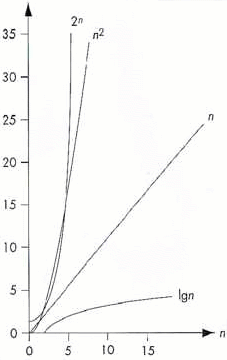Suggestions
Use up and down arrows to review and enter to select.Please wait while we process your payment
If you don't see it, please check your spam folder. Sometimes it can end up there.
If you don't see it, please check your spam folder. Sometimes it can end up there.
Please wait while we process your payment

By signing up you agree to our terms and privacy policy.
Don’t have an account? Subscribe now
Create Your Account
Sign up for your FREE 7-day trial
Already have an account? Log in
Your Email
Choose Your Plan
Individual
Group Discount
Save over 50% with a SparkNotes PLUS Annual Plan!
 payment page
payment page
Purchasing SparkNotes PLUS for a group?
Get Annual Plans at a discount when you buy 2 or more!
Price
$24.99 $18.74 /subscription + tax
Subtotal $37.48 + tax
Save 25% on 2-49 accounts
Save 30% on 50-99 accounts
Want 100 or more? Contact us for a customized plan.
 payment page
payment page
Your Plan
Payment Details
Payment Summary
SparkNotes Plus
You'll be billed after your free trial ends.
7-Day Free Trial
Not Applicable
Renews May 2, 2024 April 25, 2024
Discounts (applied to next billing)
DUE NOW
US $0.00
SNPLUSROCKS20 | 20% Discount
This is not a valid promo code.
Discount Code (one code per order)
SparkNotes PLUS Annual Plan - Group Discount
Qty: 00
SparkNotes Plus subscription is $4.99/month or $24.99/year as selected above. The free trial period is the first 7 days of your subscription. TO CANCEL YOUR SUBSCRIPTION AND AVOID BEING CHARGED, YOU MUST CANCEL BEFORE THE END OF THE FREE TRIAL PERIOD. You may cancel your subscription on your Subscription and Billing page or contact Customer Support at custserv@bn.com. Your subscription will continue automatically once the free trial period is over. Free trial is available to new customers only.
Choose Your Plan
For the next 7 days, you'll have access to awesome PLUS stuff like AP English test prep, No Fear Shakespeare translations and audio, a note-taking tool, personalized dashboard, & much more!
You’ve successfully purchased a group discount. Your group members can use the joining link below to redeem their group membership. You'll also receive an email with the link.
Members will be prompted to log in or create an account to redeem their group membership.
Thanks for creating a SparkNotes account! Continue to start your free trial.
We're sorry, we could not create your account. SparkNotes PLUS is not available in your country. See what countries we’re in.
There was an error creating your account. Please check your payment details and try again.
Please wait while we process your payment

Your PLUS subscription has expired
Please wait while we process your payment
Please wait while we process your payment

Problem : Define "Big-O notation".
Big-O notation is a theoretical measure of the execution of an algorithm, usually the time or memory needed, given the problem size n, which is usually the number of items in the input. Informally, saying some equation f (n) = O(g(n)) means it is less than some constant multiple of g(n). More formally it means there are positive constants c and k, such that 0 < = f (n) < = cg(n) for all n > = k. The values of c and k must be fixed for the function f and must not depend on n.Problem : Prove that the function f (n) = n2 + 3n + 1 is O(n2).
We can come up with an equation g(n) like g(n) = 2n2 such that f (n) < g(n) when n > = 3. Therefore, f (n) = O(g(n)), and n2 + 3n + 1 is O(n2).Problem : You are given two functions, one which has an average case running time of O(n2) and the other which has an average running time of O(nlogn). In general, which would you choose?
You would most likely choose the algorithm with an efficiency of O(nlogn). For a large enough input size, an algorithm with O(nlogn) will run faster than an algorithm with O(n2).Problem : True or false: A function with O(n) efficiency will always run faster than a function with O(n2) efficiency?
False. Remember that we only care about the dominant term in an equation when determining the big-O of a function. For example, function 1 could have been 1000n and function 2 could have been n2 + 1. Note than for some n, the first function will actually take longer than the second, but for significantly large n the second function will be faster.Problem : Draw a graph showing how n, logn, n2, and 2n compare as n increases.

Please wait while we process your payment

